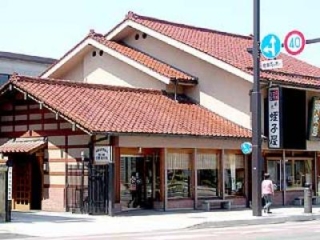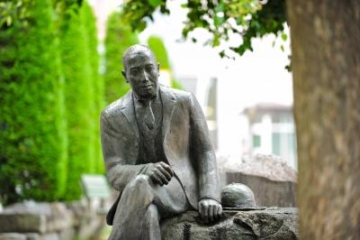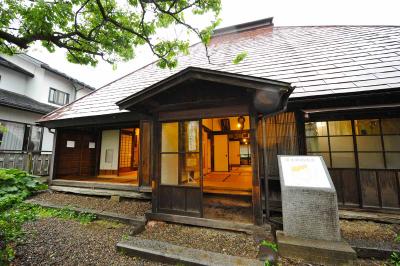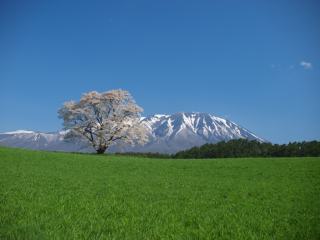MODEL COURSE
Morioka Station

Birthplace of Takato Oshima

Takuboku newlywed house

This is the house where the newlywed Takuboku lived for about three weeks starting in 1903, and is the only remaining samurai residence in Morioka. He wrote about this time in his essay ``My four and a half tatami mats''.
Detailed Destination Information
Asahibashi

Zaimokucho Uraishigumi
Ono dyeing place

On the second floor of the store, old paper patterns from the feudal period, restored panels of the patterns, materials and materials for indigo dyeing are on display, and you can listen to tape-based explanations of the process. Nanbu ancient stencil dyeing began during the Kan'ei era, when Ebisuya Sanemon, who was invited from Kyoto as the official dyer for the Nanbu family, used stencils to dye family crests and patterns on kimonos and armor. There are over 300 types of paper patterns that have been passed down from generation to generation.
Detailed Destination Information
Ihatobu Avenue Zaimokucho

"Ihatobu Avenue" refers to Zaimokucho's main street, Zaimokucho Street. It is a place where you can enjoy the fantastical world of Kenji at Kogensha, which has a deep connection to Kenji, and six monuments with motifs of light and music. Near the entrance is the sculpture ``Ishiza'' depicting Kenji resting in a stone quarry, the ``Constellation'' which is inspired by the galaxy with dim lights flashing at night, and the ``Star Tour Song'' composed by Kenji from a cello object. ``On-za'' where you can hear the sound of the sound, ``Kinu-za'' with a motif of the Silk Road that Kenji admired, ``Hanaza'' with the image of a flower bed designed by Kenji, and ``Shiza'' with a ceramic board inscribed with tanka poems written by Kenji. . Each of the monuments tells the story of nature's small life forms and conveys Kenji's message of compassion.
Detailed Destination Information
Kobushi Ryokuchi

Kaiun Bridge

Morioka Station







